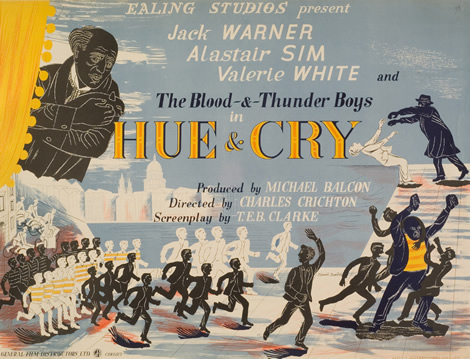It's a Barnum and Bailey world
Just as phony as it can be
But it wouldn't be make-believe
If you believed in me
'It's Only A Paper Moon' - Harold Arlen (1933
Utilising black and white much as with The Last Picture Show (1971), Peter Bogdanovich goes vintage again and captures the period, the dust, the radio (archived recordings of Jack Benny); the artefacts of a time gone by.
Paper Moon is the story of Addie (Tatum O'Neal) a girl who has lost her mother and needs to be relocated to her aunt's. A man called Moses (Ryan O'Neal) shows up at her mothers funeral, he is given the responsibility of delivering Addie to her aunt's. He might well be her father (Ryan O'Neal and Tatum O'Neal are father and daughter) but this will remain an unknown. Their relationship at first turbulent eventually evolves into a duo up to mischief and adventure. It's a beautiful little road movie about a rather unorthodox 'father/daughter' relationship.
 |
| The opening shot in Paper Moon |
The film opens with the sound of wind rustling across the plains and the strains of the hymn 'Rock of Ages'. The beautiful opening shot of Addie has evokes Dreyer and Pasolini. Addie is a child of the depression and over the next decade and a half there will be many changes and advances which will define the America she has known, against the one that is to come.
 |
| Addie listening to Jack Benny |
 |
| Moses and Addie sit in a cafe, while a Will Rogers plays across the street |
 |
| Moses and the hillbilly wrestle |
'Just around the corner there's a rainbow in the sky'
Things turn sour on the duo's adventure when they encounter a local bootlegger in Kansas and Moses and the music on the radio changes as well. The use of 'Down On The Banks Of The Ohio' by the Blue Sky Boys is perfectly placed after the previous scene which involved Moses discovering the woman from the carnival in bed with the hotel manager, a tryst arranged by Addie, resulting in Moses and Addie leaving for the next town. The song, a Murder Ballad, tells the tale of a man who murders his lover because she would not marry him. The song's theme outlines how Moses and Addie have entered the dark underbelly of American life, and is specifically more rural than the city-sounding tunes heard so far on their radio. It is a rural song about the real grit of love and death in a still wild untamed and morally abtuse land and perfectly placed as it showcases the transfer of early Folk (English to American) into early Country Music against the more refined and newer city tunes of Broadway and Tin Pan Alley. Unlike 'Ohio', 'Paper Moon' is a city song about dreams and aspirations in an increasingly plastic (or was it Bakelite?) world. The song underlines the darker scenes to follow where Moses and Addie discover that the bootlegger's brother is a crooked Sheriff.
There is a happy ending to Paper Moon. But it's certainly not entirely one of make believe. Addie arrives at the home of her aunt and given the choice to live the perfect American family life, she hesitates and returns to a reluctant Moses. The moment is bittersweet because she would rather remain on the road with him on a path of uncertainty and adventure and he would rather she remain with her aunt. This is a film of surfaces, of subtext, and the final scenes evoke this beautifully. Its not so much how the characters interact or what they say, there is an emotional intensity which suggests the feelings underneath the dialogue. There is no embrace between the two, but as with doubts about Moses denial that he is her father, you sense in the same way that deep down somehow he wants to her to come along with him after all.
Paper Moon is framed by the song 'It's Only A Paper Moon', written by Harold Arlen. It was the sage advice of Orson Welles which resulted in Peter Bogdanovich naming the film Paper Moon. In fact Welles said it was so good that, "you don't even need to release the film, just put out the title on it's own". It was originally used in the film Take A Chance (1933), which was a rehash of a Broadway musical where two small time gamblers leave the carnival circuit to seek out fame and fortune. There is certainly something of this in Paper Moon when Moses forms a relationship with a women from a travelling carnival










